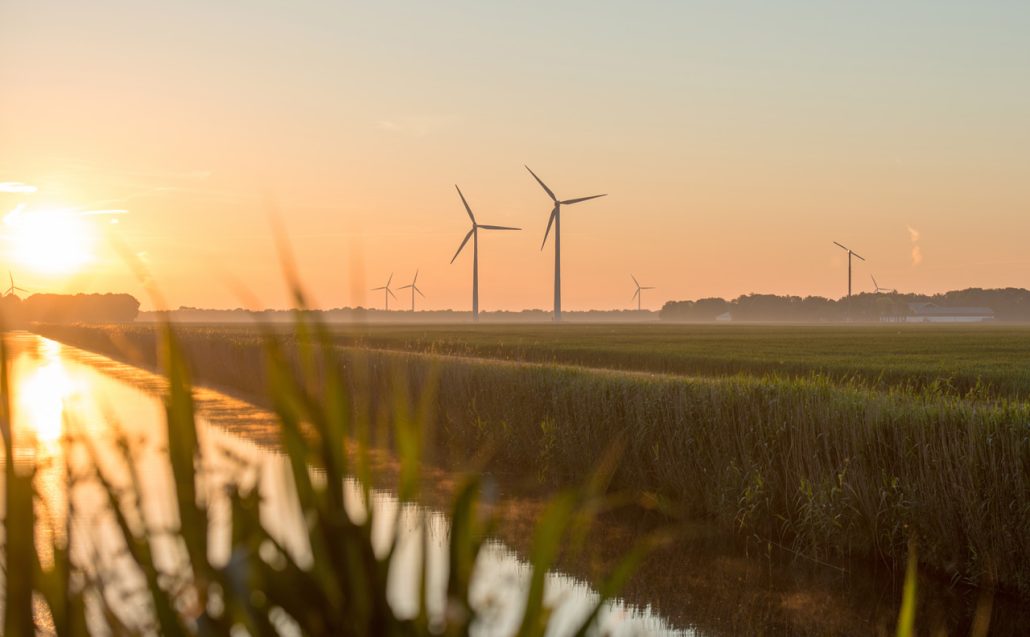SUSTAINABILITY IN SYNTHETIC TURF
Sustainability is a critical area for the synthetic turf industry as specifiers, buyers and users of our products aim to take advantage of the raft of physical, social and economical benefits they offer without compromising the natural environment.
Here’s how the synthetic turf industry, led by ESTC, is taking steps to champion environmental social and economic sustainability across both the sports and landscaping sectors:

Environmental Sustainability of Synthetic Turf
Operating a sustainable supply chain
With increasing focus on the environmental impact, it’s important to provide clear and comprehensive information regarding the production, installation and maintenance of synthetic turf.
ESTC has been collaborating closely with the European Commission to develop a standardised approach for life cycle assessments of synthetic turf products. Based on the European Commission’s Product Environmental Footprints (PEF) technique, the collaboration will define ‘Category Rules’ (CR) to provide a method for all companies operating in the sector.
Once implemented, the rules will enable specifiers and buyers to better identify the manufacturers, installers, maintenance specialists and recycling facilities operating in the most sustainable manner and prevent companies from making unsubstantiated claims.
ESTC has also developed a new Environmental Footprint Calculation Tool to enable the industry to independently calculate the environmental footprint of synthetic turf systems or individual components.
End-Of-Life synthetic turf
ESTC recognises importance of sustainable waste management when it comes to end-of-life synthetic turf. With this in mind, ESTC is committed to education around extending the lifespan of synthetic turf surfaces. Typically they last around a decade, depending on quality, usage and maintenance. However, raising awareness of the importance of ongoing maintenance remains key.
When products do reach end-of-life, ensuring responsible waste management is paramount. ESTC members are working to make all parts of the supply chain circular by using both recycled and recyclable components, with more than €55 million invested into responsible waste management facilities over the last 10 years. The 10 current recycling facilities across Europe have a collective processing capacity of over 4.3 million m2 – equivalent to 500,000 full size football pitches.
The ESTC guide to recycling facilities for sports surfaces demonstrates ESTC’s commitment to encourage sustainable and responsible waste management practices.
A Circular economy for synthetic turf
Alongside a responsible waste management model, the synthetic turf industry is also committed to transitioning towards a circular economy where possible.
A growing number of manufacturers are developing fully recyclable products made from a single polymer, which enables clean lawns and fields to be recycled into other alternative polyethylene products as well as new turf. At the same time, ESTC members are starting to manufacture new synthetic turf using yarns made from plastic which originates from other sectors.
Management of microplastics
The synthetic turf industry is committed to mitigating concerns about microplastic contamination in both the sports and landscaping sectors. ESTC is proactively highlighting the considerations and maintenance requirements users need to be aware of in order to maximise sustainability.
ESTC recommends investing in, and regularly using, specialist maintenance equipment that is capable of capturing loose fibres and fibre debris, synthetic turf owners are able to capture and dispose of them in a responsible way that prevents them from escaping into the environment and becoming microplastics.”
ESTC has also pledged its support for sustainable alternatives to granular rubber infill (polymeric infill). This will see it support members with the promotion of sustainable infills such as cork, wood, chip and natural plant mixes as the industry prepares for the sale of intentionally added microplastics including synthetic and recycled infill (polymeric infill) such as Styrol Butadiene Rubber (SBR) to be banned from 2031.
Socio-Economic Sustainability of Synthetic Turf
Social Sustainability
The characteristics of synthetic turf fields and pitches make them a valuable asset for organisations promoting active lifestyles, improved public health and community engagement. Synthetic turf continues to provide safe spaces for both the young and the elderly to enjoy outdoor spaces and the benefits they bring to physical and mental health.
ESTC members continue to create landscaping and sports facilities for communities to enjoy in climates and locations where hard landscaping may otherwise be the only viable alternative.
Economic Sustainability
From the creation of additional revenue streams to the preservation of a demanding fixture schedule, synthetic turf can ensure economic prosperity for a variety of different organisations – especially as it can be used around five times as often as a natural equivalent.
The durability and high performance facilitated by synthetic turf for sport means sports clubs around the globe can make their facilities available for hire to other community clubs or organizations, as well as minimising the revenue lost through cancelled or postponed fixtures.